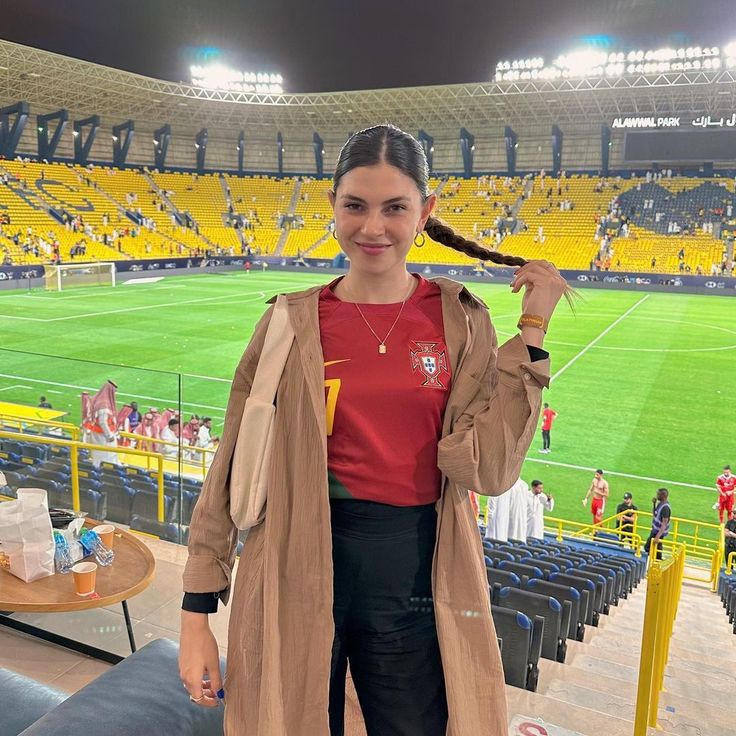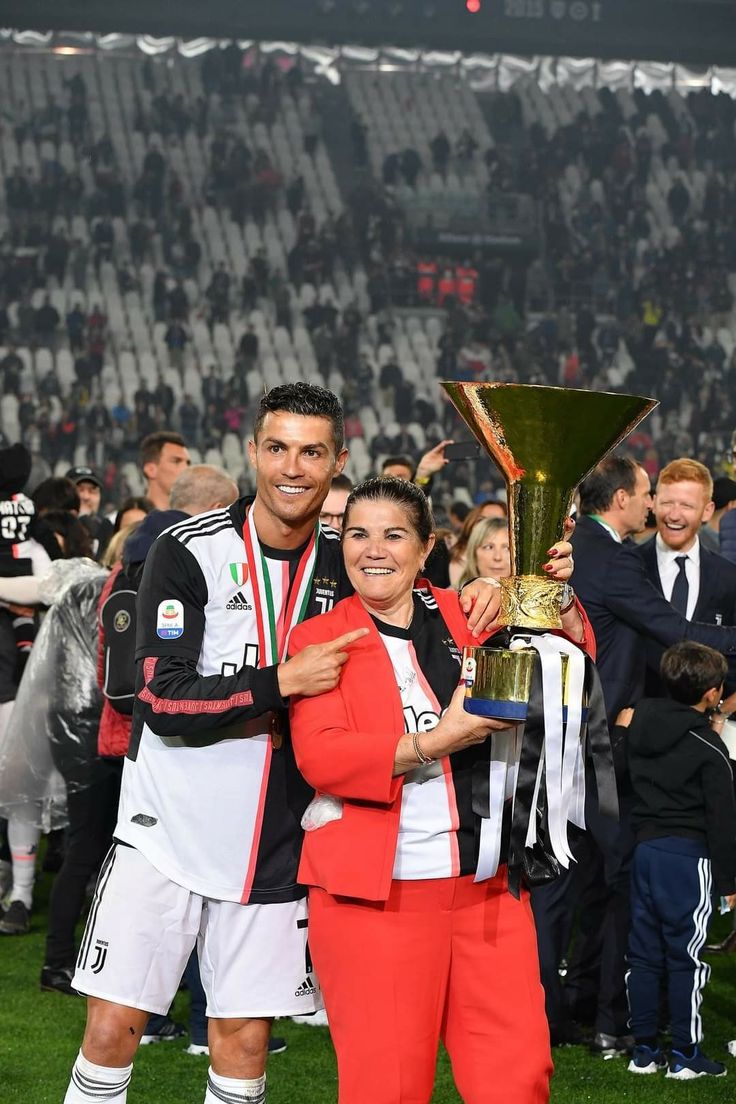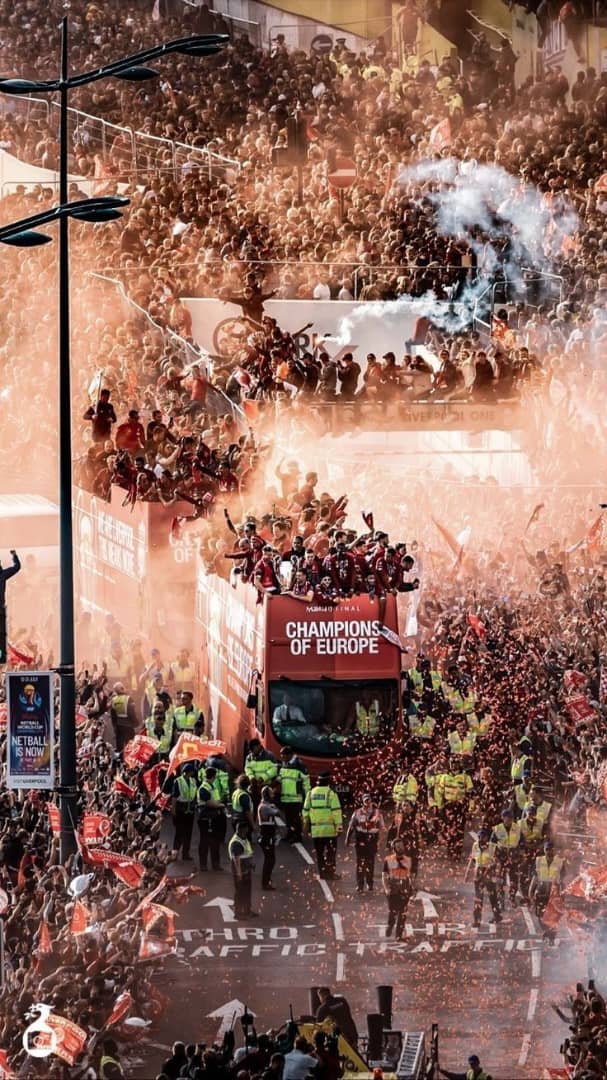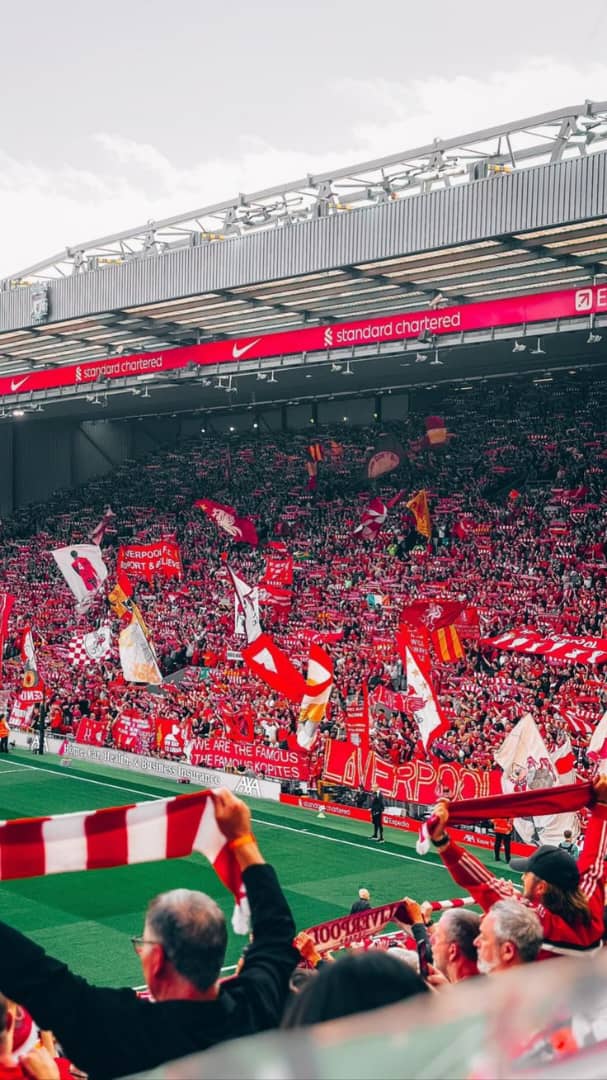
Table of Contents
- Introduction
- The Digital Shift in Football Media
- Who Are Football Influencers and Streamers?
- The Evolution of Football Fandom
- Rise of Influencer Culture in the Premier League
- The Role of Streamers in the Championship League
- Social Media Platforms and Their Impact
- How Influencers Shape Football Narratives
- Influencer Collaborations with Premier and Championship Clubs
- Fan Engagement: The New Matchday Experience
- The Business Side: Monetization, Sponsorships, and Brand Power
- Case Studies: Top UK Football Influencers and Streamers
- Controversies and Credibility: Challenges in the Influencer World
- Streamers vs Traditional Pundits: A Cultural Shift
- The Future of Football Influence
- Conclusion: From Fans to Force-Multipliers
1. Introduction
The landscape of football consumption has radically transformed in the past decade. While traditional television, radio, and newspapers once held a monopoly over fan interaction with the sport, today, a new generation of football voices—influencers and streamers—have become central figures in how fans understand, experience, and engage with football.
This revolution is most visible in the *English Premier League, the most-watched football league in the world, and increasingly in the *English Football League Championship, a division that has seen tremendous growth in fan interaction and international interest due to its competitiveness and drama.
These influencers aren’t former professionals or legacy broadcasters—they are digital natives, often self-made, who create content across YouTube, Twitter (X), Instagram, TikTok, and Twitch. They offer match reactions, player analysis, tactical breakdowns, comedic skits, FIFA gameplay, and even live watchalongs. They’ve redefined football media.
This blog explores the immense role, power, and cultural shift created by these individuals across the Premier League and Championship League.
2. The Digital Shift in Football Media
Football media has always been reactive to technological progress. The game moved from radio commentary to TV broadcasts, then to 24/7 sports news channels, and now we’ve reached the age of social media and streaming. The key differences in the digital age include:
- On-demand content instead of scheduled programming
- Fan-driven voices over corporate narratives
- A blend of entertainment and insight
- Two-way interaction, not one-way broadcasting
This shift has democratized football commentary. Today, someone in their bedroom with a webcam and Wi-Fi connection can amass millions of followers, potentially rivaling Sky Sports or BBC Sport in influence.
3. Who Are Football Influencers and Streamers?
Football influencers are content creators with a significant social media following, whose views, humor, insights, or personality shapes how fans engage with the sport. They range from fan-channel hosts, Twitter/X tacticians, meme-makers, vloggers, and more.
Football streamers primarily use platforms like YouTube or Twitch to stream live reactions, play FIFA, conduct watchalongs, or host football talk shows.
Some of the most recognized names in the UK include:
- Thogden – Known for vlogs and watchalongs, especially around Championship and EFL clubs.
- Mark Goldbridge – The face of The United Stand, known for passionate reactions and satirical punditry.
- Expressions Oozing – Hilarious and culturally unique coverage of Tottenham Hotspur.
- AFTV (Arsenal Fan TV) – One of the first fan channels to go viral globally.
- James Lawrence Allcott – A tactical YouTuber offering smart football breakdowns.
These individuals and platforms have millions of subscribers, often more than official club channels.
4. The Evolution of Football Fandom
Football fandom is no longer bound by geography or the physical stadium. Today:
- A Nigerian Chelsea fan can watch match reactions by a London-based influencer.
- A Derby County fan in Canada can join live Q\&A sessions with streamers.
- Kids are learning about tactics through animated explainer videos on TikTok.
Fans don’t just consume football—they participate in its media production, meme creation, comment sections, polls, and community discussions. Influencers and streamers are at the center of this transformation.
5. Rise of Influencer Culture in the Premier League
The Premier League has become a global media product, and influencers are both a cause and effect of that. These creators:
- Generate alternative match coverage
- Offer immediate reactions
- Produce humor and relatability
- Make tactical analysis accessible
- Reflect the true emotions of fans
For many supporters, influencers are more authentic than official broadcasters. For example, AFTV captured the raw frustration of Arsenal fans during years of underachievement, creating viral moments that shaped public discourse.
Moreover, Premier League clubs are now collaborating with influencers during match previews, FIFA promos, and behind-the-scenes access—acknowledging their relevance in marketing and fan outreach.
6. The Role of Streamers in the Championship League
The EFL Championship, despite its high attendance, lacked global digital presence. Streamers and vloggers have changed that. Influencers like Benjamin Bloom and Thogden give the Championship:
- Storytelling beyond the highlights
- Personal fan journeys to away games
- Honest club analysis not tied to sponsorships
- Community focus for lower-league supporters
In essence, they’ve brought visibility to clubs like Luton Town, Millwall, or Blackburn Rovers, whose fanbases are passionate but often underrepresented.
As more EFL games are streamed globally, fan content is essential for building a digital identity for these clubs.
7. Social Media Platforms and Their Impact
Each platform enables a different kind of influencer:
- YouTube – Long-form match reactions, watchalongs, tactical videos
- Twitter/X – Live commentary, hot takes, thread analysis
- TikTok – Highlights, memes, mini-documentaries
- Twitch – FIFA gaming, live Q\&As, chill football chat
- Instagram – Behind-the-scenes access, reels, stories
This ecosystem allows fans to find their favorite format, tone, and creator.
8. How Influencers Shape Football Narratives
Narratives in football are powerful. Who’s overrated? Who’s the next big star? Should the manager be sacked?
Today, these questions are often framed by influencers, not journalists. Through:
- Fan debates
- Reaction videos
- Tactical breakdowns
- Viral rants or praise
An influencer’s viral tweet or YouTube title can spark national headlines. They shape conversations in pubs, on WhatsApp, and even in press conferences.
9. Influencer Collaborations with Premier and Championship Clubs
Football clubs increasingly collaborate with influencers to reach Gen Z and younger Millennial fans. Examples include:
- Chelsea FC working with TikTok creators for content challenges.
- West Ham giving vloggers pre-match access.
- Nottingham Forest involving local YouTubers for match previews.
- Brentford integrating fans into club documentaries.
This creates *relatability and fan trust. Clubs understand influencers can *humanize the brand.
10. Fan Engagement: The New Matchday Experience
Matchday is no longer just about 90 minutes. Influencers build hype before games, host livestreams during the match, and react afterward.
Fans now engage with:
- Pre-match analysis on YouTube
- Live watchalongs with communities
- Post-match rants or celebrations
- Player ratings polls
- Memes and banter on X
This is the modern football community, built around interaction and media literacy.
11. The Business Side: Monetization, Sponsorships, and Brand Power
Top influencers have:
- Sponsorship deals (with EA Sports, Adidas, betting companies)
- Merchandise sales (fan-designed kits, slogan tees)
- Patreon or YouTube memberships
- Brand ambassadorships
- Live shows and tours
They are mini-businesses. Some football channels generate 6–7 figures per year, rivaling small media outlets.
Brands see influencers as authentic, trusted messengers, often more persuasive than traditional ads.
12. Case Studies: Top UK Football Influencers and Streamers
AFTV (Arsenal Fan TV)
- Pioneer in fan media
- Helped normalize fan criticism
- Huge influence on Arsenal’s global identity
Thogden
- Focus on matchday vlogs
- Covers Premier League and Championship
- Younger audience appeal, very community-driven
Mark Goldbridge
- Known for witty, exaggerated takes
- Helped reinvent Manchester United fan media
- Became a media personality outside YouTube
James Lawrence Allcott
- Smart, tactical YouTuber
- Fosters respectful debates
- Trusted by serious fans
13. Controversies and Credibility: Challenges in the Influencer World
However, not all is smooth:
- Clickbait titles can mislead
- Bias for clubs or agendas
- Toxicity in fan comments
- Lack of journalistic ethics
- Involvement with gambling ads
Clubs must balance access with accountability. Influencers must maintain credibility, especially when monetized.
14. Streamers vs Traditional Pundits: A Cultural Shift
Unlike pundits on Sky or BBC, influencers are:
- Unfiltered
- Unscripted
- Emotionally reactive
- More entertaining to younger viewers
They also appeal to fans who feel traditional punditry is out of touch or too sanitized.
15. The Future of Football Influence
Expect even more:
- Club-led influencer academies
- Fan-created documentaries
- Augmented reality match reactions
- Increased integration of data in fan content
- International influencers shaping UK club identity
Influencers will also have greater impact on club policy, fan protests, ticketing discourse, and even shaping perceptions of success or failure.
16. Conclusion: From Fans to Force-Multipliers
Influencers and streamers began as *fans with opinions. Today, they are *cultural architects shaping how football is experienced.
Their impact on the Premier League and Championship League is undeniable:
- They drive engagement
- Shape narratives
- Add personality to football media
- Represent diversity in thought and style
- Give voice to grassroots emotions
As long as football remains a *game of the people, influencers will remain its *loudest, most authentic echo.




